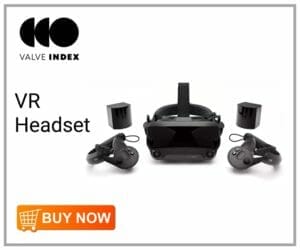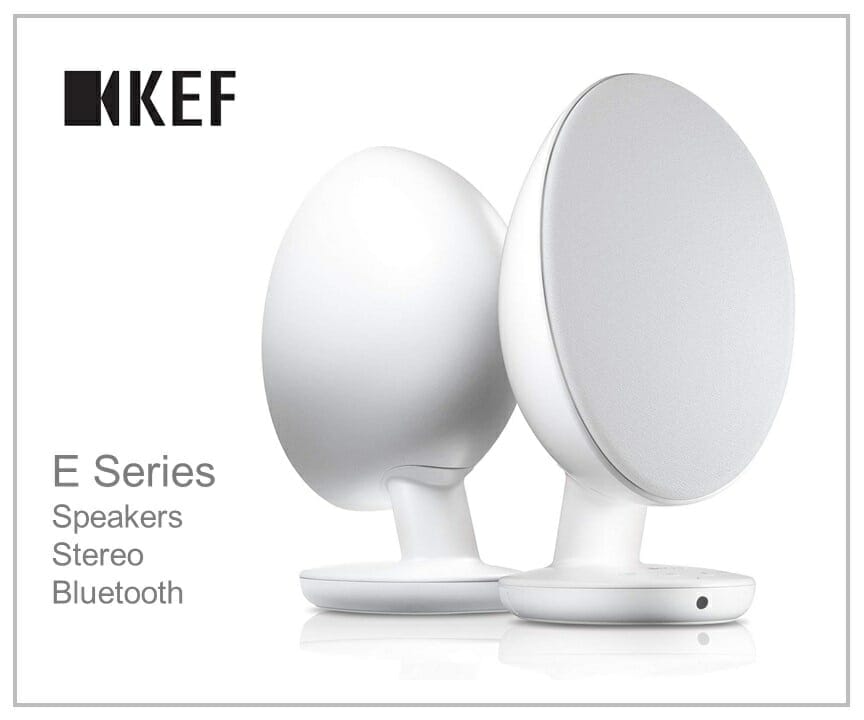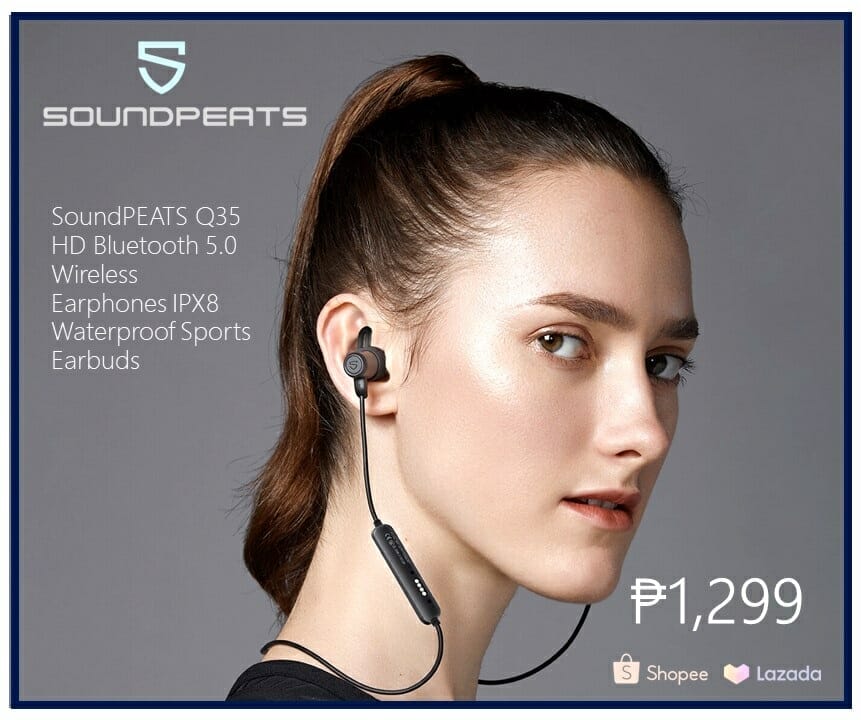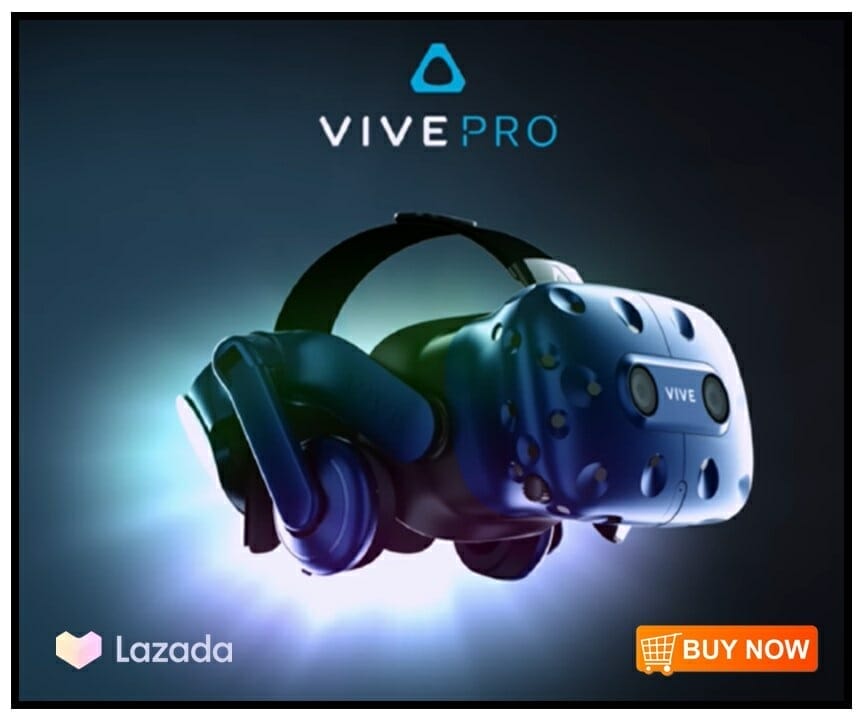Wearable technology is becoming more popular across various industries and market niches, empowering consumers and commercial users through a range of inventive applications. Here are just some of the purposes that these diverse devices will serve throughout 2020.
Immersive interactive entertainment
The mainstream adoption of wearable technology may have come about partly due to the practical benefits of products like the Apple Watch. Still, the hardware’s entertainment aspects will help it achieve predicted double-digit growth.
From playing casino games via sites like Casumo New Zealand to consuming multimedia content on the move without having to haul a larger device around, wearable kits are freeing users from the burden of bulky smartphones and instead presenting them with a more freeing yet no less entertaining option for beating boredom on the go.

Optimized engineering
Augmented reality (AR) has been blossoming as a strand of the wearable tech sector for a few years now, but 2020 is likely the year this comes into its own. Indeed, research suggests that more than half of firms operating in this market are developing services that provide AR for industrial use.
AR and extended reality (XR) have emerged as particularly good fits for engineering tasks of various types. By overlaying the real world with computer-assisted scanning, users can get real-time information that can guide their decisions while on the job. This is especially advantageous in environments where hazards exist, or the work is particularly challenging since AR can lower the likelihood of errors being made and give engineers instant access to information on the fly without requiring them to consult any other repository of information.
Wearable tech makes such optimizations possible, making engineering safer and more efficient, which is good for staff and employers.

Healthcare improvements
Wearable devices are becoming more prevalent in healthcare, following a similar route to AR and XR in an industrial setting. As discussed earlier, this is partly about empowering practitioners with additional support in a similar context to engineers, but it also applies to patients.
For example, virtual reality (VR) is being deployed to tackle various conditions, ranging from autism and depression to cancer.
Meanwhile, AR has clear benefits in the context of surgery. Headsets worn by surgeons while performing operations can relay details about the patient’s status directly to a heads-up display without requiring that they take their eyes off the incredibly intricate and potentially dangerous job they are doing with their hands.
Privacy potential
One of the more unusual wearable tech applications to emerge in the past year is that of protecting the user’s privacy. During the protests in Hong Kong, a number of participants were snapped using a wearable projector that overlaid their faces with the random features of others in an attempt to prevent facial recognition software from identifying them.
This is not a concern for the vast majority of people worldwide at the moment, but there will doubtlessly be those who see the potential advantages of this technology and seek to exploit it in 2020.
Educational opportunities
Once again, the perks of VR are becoming more closely explored in an educational context, with developers seeking to create truly immersive learning experiences that let students experience subjects of study in immense detail, up close and personal.
From exploring past civilizations to encountering animals in virtual environments, wearable tech is taking teaching to the next level.
















